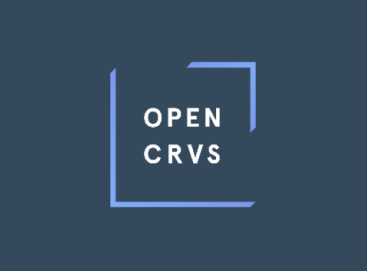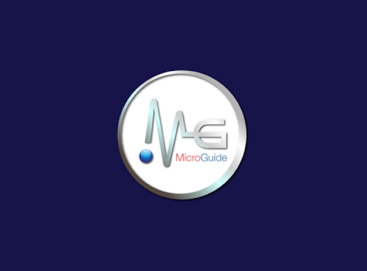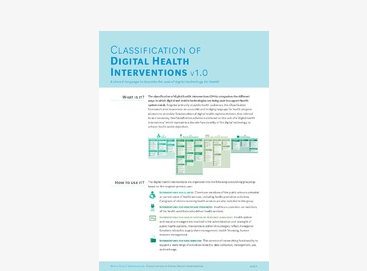OpenCRVS is an open source software product that supports civil registration (CR) and vital statistics (VS) services in low-resource countries and is interoperable with other systems. An important feature of OpenCRVS is the data driven management dashboard where CR managers can view key performance indicators, such as registration coverage rates per district and time taken between birth registration and the collection of the birth certificate.
Type: Reports
Open MRS
OpenMRS is a software platform and a reference application that enables design of a customized medical records system (MRS). It is a common platform upon which health informatics and eHealth efforts in low-income countries can be built. OpenMRS is based on the principle that information should be stored in a way that makes it easy to summarize and analyze (i.e., minimal use of free text and maximum use of coded information). At its core is a concept dictionary that stores all diagnoses, tests, procedures, drugs, and other general questions and potential answers. The OpenMRS system works in more than 3,000 medical sites for about 8.7 million patients in more than 64 countries.
Microguide
Since its launch in 2013 MicroGuide™ has helped improve antimicrobial stewardship and is now used in 114 Medical Organisations. Over 50% of UK NHS clinicians use the service and it’s been deployed in England, Ireland, Northern Ireland, Scotland, Wales, Gibraltar, New Zealand, China, Iceland, the United States, Cambodia, and MalawiThere are over 100,000 users of the mobile application in 173 countries.
Classification of Digital Health Interventions v 1.0. A shared language to describe the uses of digital technology for health
The World Health Organization Classification of Digital Health Interventions v1.0: A shared language to describe the uses of digital technology for health has recently been launched. The classification of digital health interventions (DHIs) categorizes the different ways in which digital and mobile technologies are being used to support health system needs. Targeted primarily at public health audiences, this Classification framework aims to promote an accessible and bridging language between technologists and those in health, to facilitate discussions and ways of articulating needs, as well as to describe functionalities represented in digital health system implementations



